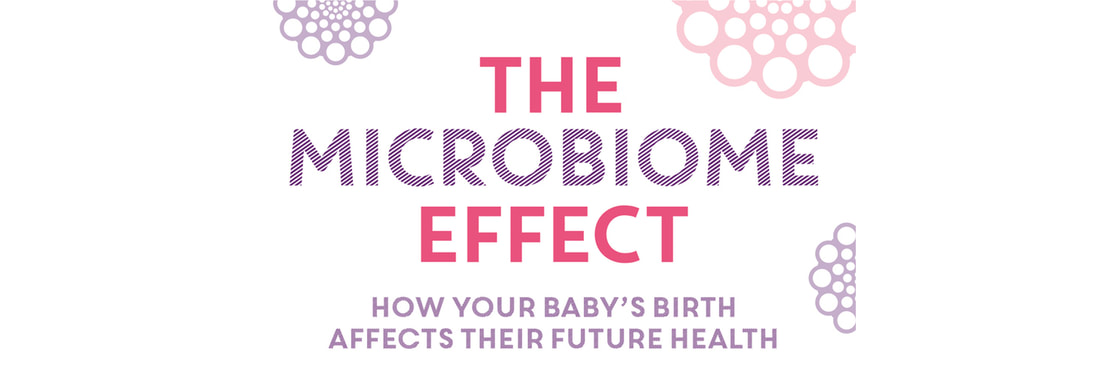|
Birth is a woman’s right and how she chooses to go through her pregnancy and how to give birth should always be in her control. If you're on your first pregnancy, no doubt you have been reading countless books, been getting advice from medical professionals and recommended by family and friends what you should do.
Maybe this is your first pregnancy and you're scared because you've never been through it. How do you even begin to imagine what it is going to be like? Do you wonder if you'll know what to expect and how you're going to feel during this experience?
Have you been through labour before? Was it not what you expected. Did it not turn our how thought or wanted? Are you looking for a better experience this time? Putting your birth plan together can sometimes be confusing. What are you supposed to include. Here are some things you can think about to help formulate your ideal birth plan:
“Home birth remains an acceptable alternative to hospital birth for low risk women who have midwives to assist them, and that such care leads to far fewer medical interventions without sacrificing safety.”
From Ina May Gaskin’s book - Birth Matters Find out more about planning a home birth - http://www.homebirth.org.uk/ For hypnobirthing classes in Romford, Essex, visit our Book Now page. It really is up to each mother, and the circumstances surrounding her pregnancy, as to which way she may want to give birth. There are two options for giving birth: a vaginal birth after Caesarean section (VBAC) or an elective repeat Caesarean section.
Most women can have successful VBACs without any complications. However, one of the risks that you will hear a lot about is uterine rupture. This is when the scar along the uterus from a previous C-Section opens during a vaginal delivery. It is very rare and affects less than 1 percent of pregnant women, but it is important that you know this risk. Each week we like to share a video with you. This week are a looking at gentle c-sections, as explained by the Jentle Childbirth Foundation. This is still major surgery, but the video explains to you how you can ask your caregivers to treat your birth experience as a personal and memorable event, rather than simply a medical procedure.
Each week we like to share a video with you. This week, we cover the stages of labour as explained by Armando Hasudungan My personal comments are that: Not all contractions are painful. Yes, they can be intense and powerful, but not necessarily painful (hypnobirthing techniques can help you with contractions). If you read the book The Microbiome Effect by Toni Harman and Alex Wakeford you will learn that how your baby is born (whether vaginally or via a c-section) can impact it's long-term health.
This book has been written following some emerging research that shows how vital bacteria are for human health. The human body is made up of of trillions of human cells and microbes (bacteria, viruses, archaea, fungi etc). These cells and microbes live on and inside us. The bacteria inside our body help it work properly and give it the ability to fight off diseases. Good maternity care during labour requires one-to-one care, but sadly this is often not the case. Be aware that no amount of electronic monitoring can ever fill this need.
What does continuity of care mean in labour? Continuous support during labour from the same maternity caregiver has been associated with a positive childbirth experience. Continuity of care supports trust and familiarity between care provider, often the midwife and the mum-to-be. What's possible will depend on your needs and what facilities are available where you live. There are three main places to consider when having your baby.
|
Categories
All
|
Magical Baby MomentsFrom maternity to motherhood
Hypnobirthing classes in Romford, Essex and surrounding areas Thorntons Farm Ave Romford RM7 0TT 07764 680 215 | [email protected] |









